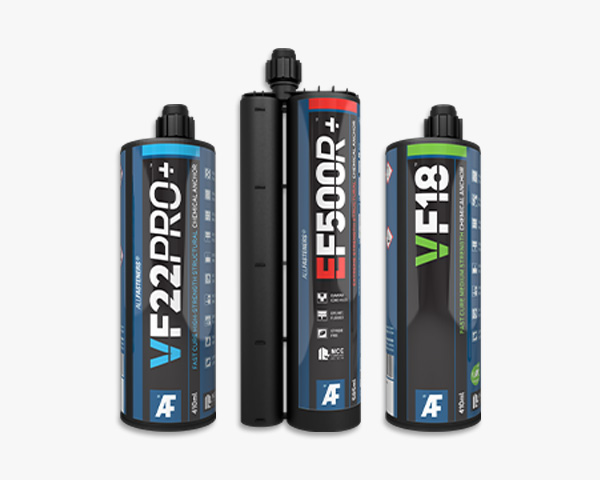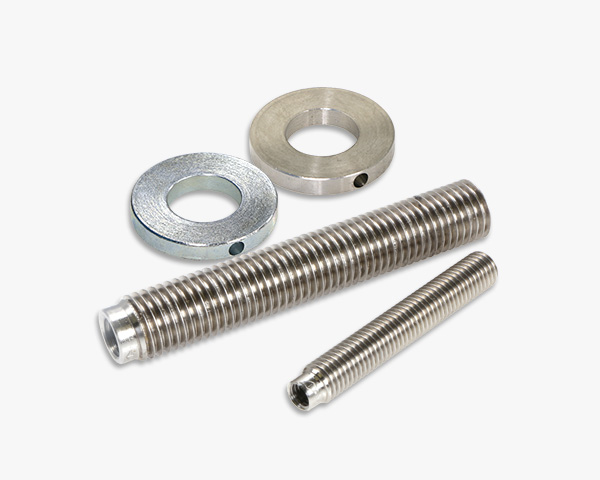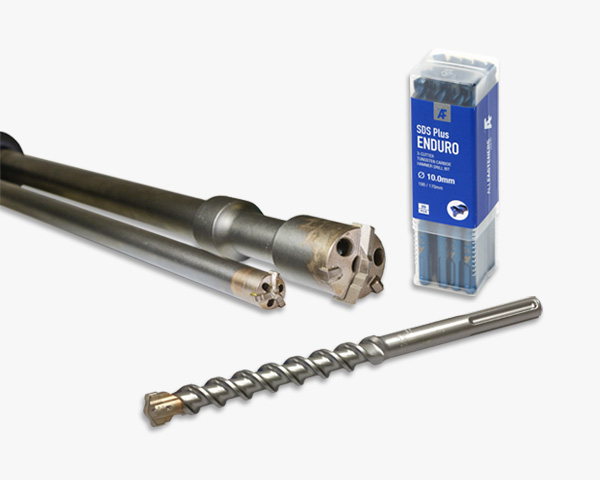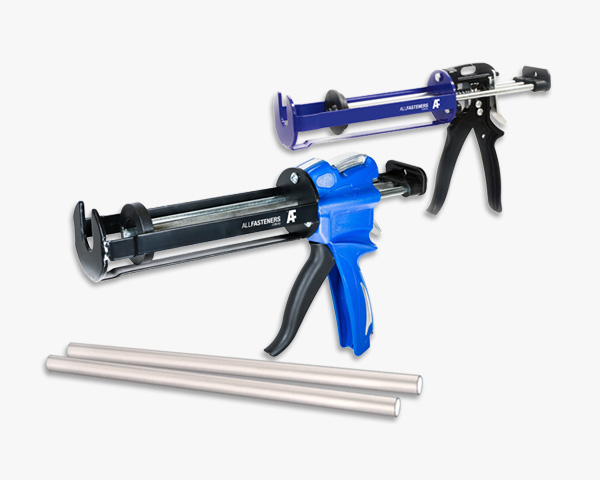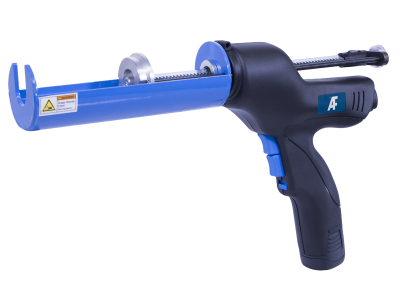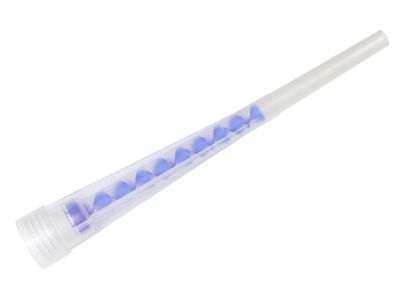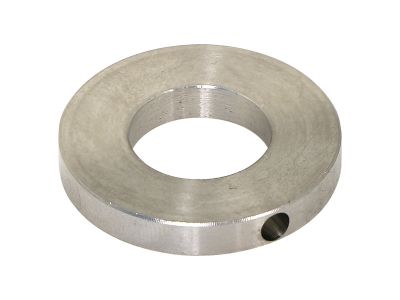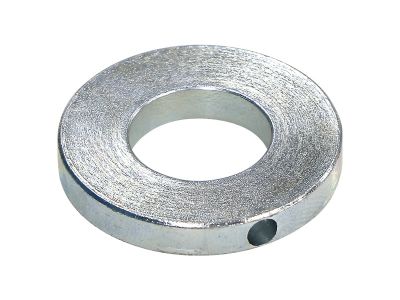Chemical Applicators & Accessories for All Anchoring Needs
Chemical anchoring has several uses in engineering and construction. They are essential parts of many applications that guarantee the lifetime and safety of structures. In particular, chemical anchoring is the best way to construct reinforced concrete structures, install iron reinforcement, and perform other structural applications.
Two components comprise a chemical anchor: a hardening agent and a resin-based material. When applied to a surface, the resin combines two elements that would not typically cling to one another to form a solid connection. When chemical anchors are used instead of mechanical fasteners like screws or nails, it results in a solid bond.
The chemical anchor system from Allfasteners is incredibly powerful. Its purpose is to bind threaded rods and studs into concrete. It consists of a powerful bond-forming composition.
Make the Right Choice
Chemical anchors are incredibly efficient and adaptable for various engineering and construction uses. They are appropriate for light-duty and heavy-duty applications because of their remarkable durability and load-bearing capabilities.
Chemical anchor applicators from Allfastenrs are particularly handy in deep or overhead situations where mechanical anchors could be hard to place or might not have enough holding force. The adhesive's fluid consistency makes it possible to bond with the drilled hole to the full depth, guaranteeing a solid bond.
Allfasteners chemical anchor applicator is especially for our anchoring systems, including glass capsules in concrete and masonry. The stud and base material chemically bond together using the anchor applicator. The fixing method is particularly advantageous for soft or low-density construction materials, shock or vibratory loads, and situations where expansion pressures would typically lead to failure because it doesn't put any expansion stress on the foundation material.
Additionally, the approach performs exceptionally well for close-to-edge and close-to-center fixing.
Applications of Chemical Applicator for Anchoring
Let's look at some common applications for chemical anchoring in construction projects where you can use an anchor applicator.
Construction Foundations
Anchor rebar often anchors structural components in construction foundations. Building contractors can join beams, columns, and other load-bearing components, offering stability and guaranteeing that weight is distributed uniformly by putting anchors in the concrete foundation.
Repairs and Reinforcements
Anchoring is required to link structural parts when building bridges. The chemical anchoring procedure ensures the entire assembly's structural integrity, preventing movement and displacement. Since anchoring helps structures survive lateral forces, it is crucial in earthquake-prone areas.
Wall Fixings
There are numerous uses for anchoring in wall-fixing applications. Anchoring makes it possible to securely fasten shelves, cabinets, and other fixtures to concrete walls, guaranteeing their long-term permanence.
Facade Systems
Anchors are used in architectural applications to provide support for facade systems. They contribute to the building's safety and aesthetic appeal by helping to distribute the weight of the outer cladding, shear walls, and other architectural elements equally.
Renewable Energy
Anchoring is used in the renewable energy industry to fasten solar panels and wind turbines to concrete foundations. This procedure is essential for energy systems to continue operating safely and effectively.
Due to their versatility and adaptability, chemical anchoring applications are vital in various engineering and construction applications. It is impossible to overestimate their importance in maintaining the structural integrity of infrastructure and structures.





